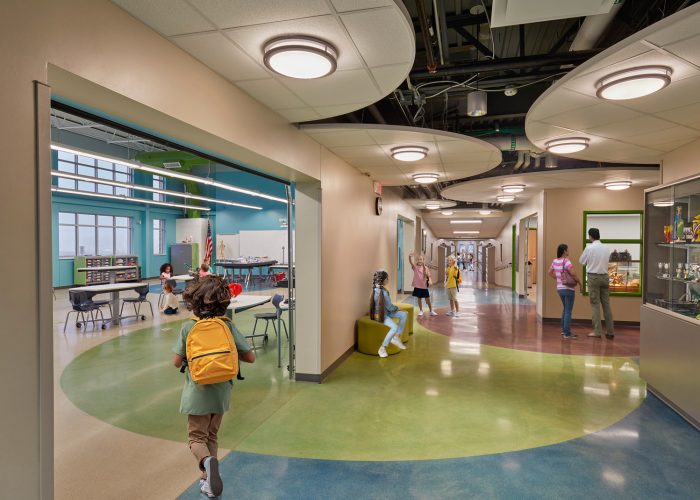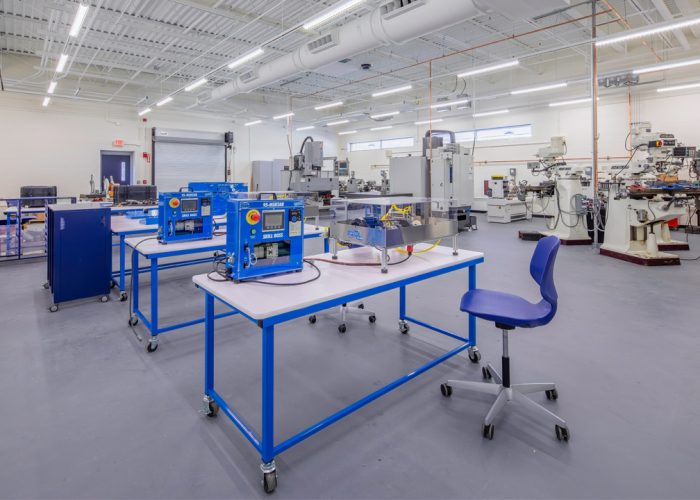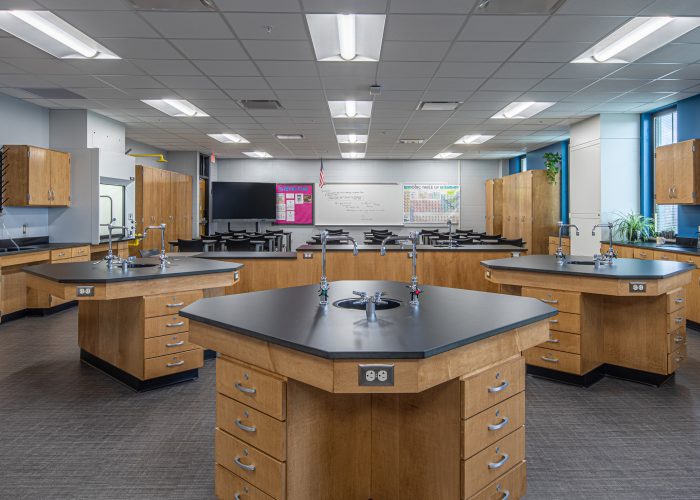Managing facilities can be complex and challenging. To help you navigate these challenges, we’ve curated a collection of expert guides, case studies, and best practices. These resources are designed to provide you with the insights and solutions you need to succeed.
-
By solution
- By solution
- Central Plant Renovation
- Design and Construction
- Design-Build
- Energy Leadership Program
- Energy Master Plan
- Energy Star Buildings
- Fast-Track Construction Schedule
- Guaranteed Energy Savings
- LED Lighting
- Renewable Energy Solution
- Smart Infrastructure
- Solar PV
- Water Meter Systems
- Water Solutions







